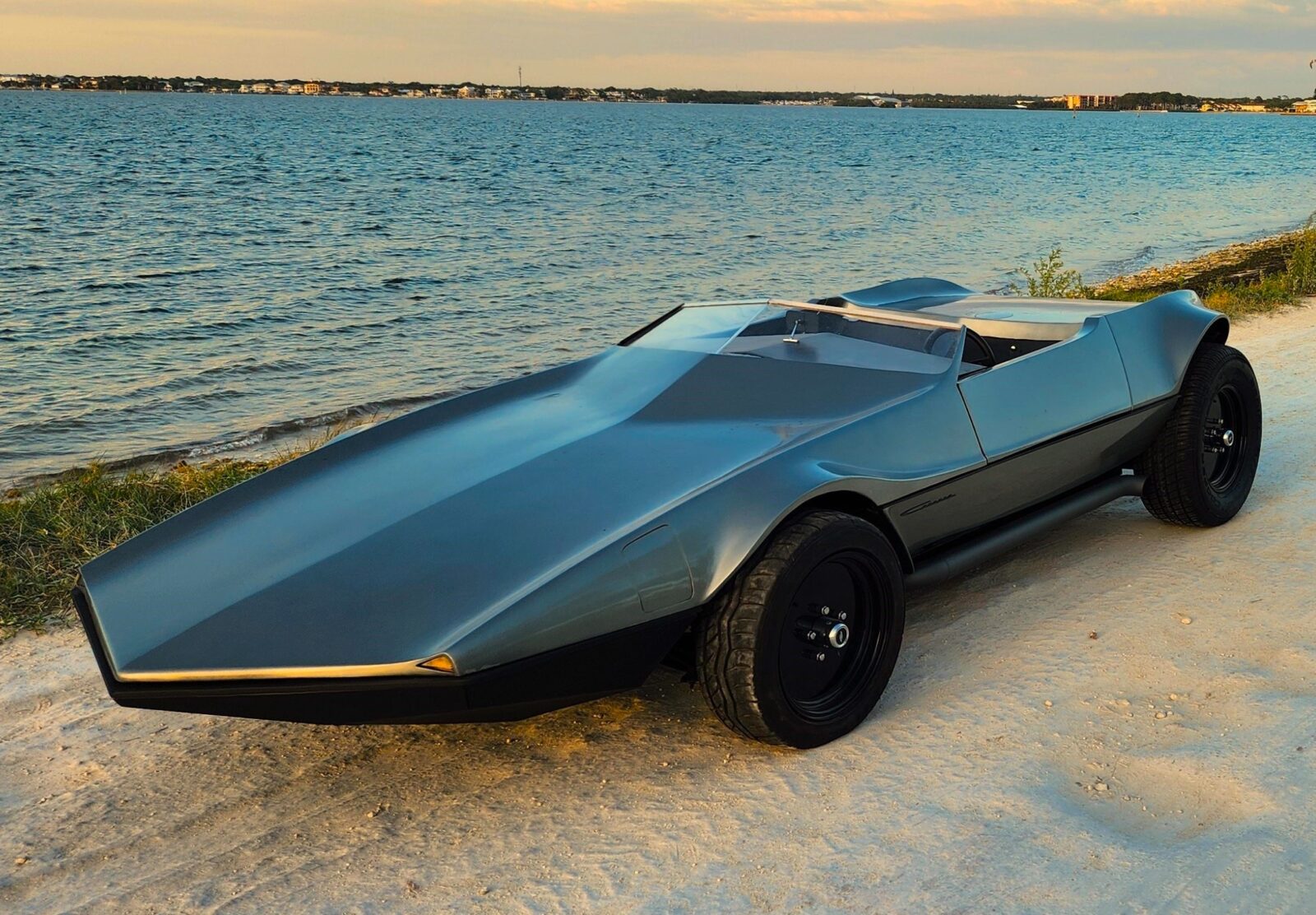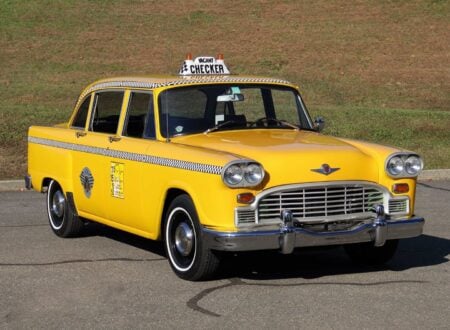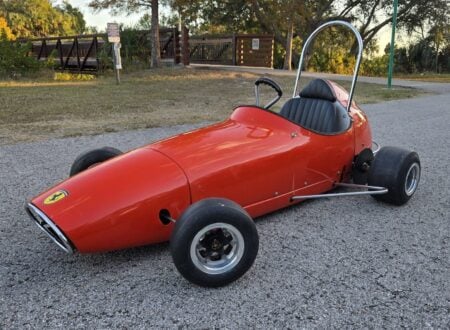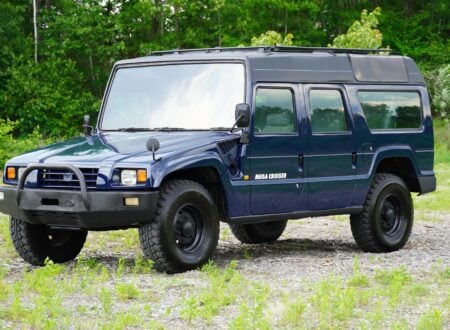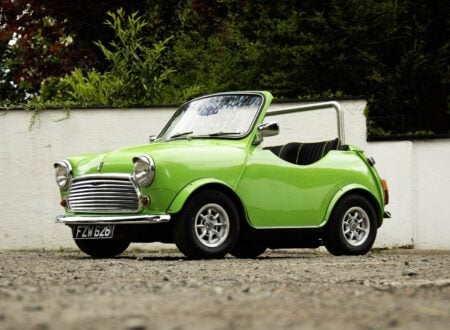This is a car that almost no one seems to know about, yet it should be just as famous as the iconic concept car wedges of the late 1960s and 1970s – possibly more famous still because as far as anyone can tell, this is the first true wedge car ever made, right at the beginning of the wedge car movement.
The Cannara was designed by an 18 year old from Florida named Ray Cannara, he would build it himself over the next 1-2 years, completing it by 1966. The car is a two-seat roadster with a Chevrolet V8 mid-mounted up front, and by all accounts it’s a very quick machine.
Fast Facts – The 1966 Cannara
- The Cannara was designed and built by 18-year-old Ray Cannara from Florida, it’s considered the first true wedge car. Completed in 1966, it predates other famous wedge designs like the Bizzarrini Manta and Alfa Romeo Carabo by two years. The car features completely unique styling, a Chevrolet small block V8, and a lightweight fiberglass body.
- Ray Cannara drove his creation from Florida to California to attend classes at the prestigious ArtCenter for Transportation Design. The car was later sold and largely forgotten until it was rediscovered by Geoff Hacker in 2016, based soley on the pivot points for the doors, that were one third of the way along the door, indicating perhaps a creative history. Hacker tracked down Cannara, who provided direct input into the restoration plan. The restoration timeline stalled, until late 2019, when Hackers friend, Guy Dirkin, purchased the car and immediately started a two year restoration, to bring the car back to the spotlight.
- The Cannara is built on a modified 1958 Chevrolet Impala Station Wagon chassis. It’s powered by a 283 cubic inch Chevrolet V8 producing 280 bhp, paired with a three-speed automatic transmission. The car weighs just 2,100 lbs, allowing for impressive performance, with a 0-60 mph time of 5.0 seconds.
- Recently restored, the Cannara has been invited to participate in the prestigious 2024 Pebble Beach Concours d’Elegance as part of the Wedge Class. It will be showcased alongside other influential wedge concept cars, finally receiving recognition for its groundbreaking design and historical significance in automotive history.
The Incredible Story Of Ray Cannara
Ray Cannara was born and raised in St Petersburg, Florida. He took an early interest in all things automotive and by the time he was just 15 years old he had won a scholarship from the Fisher Body Guild in 1962 for his model car design submission. Cannara received $4000 (about $40,000 in today’s money.
 Here we see Ray Cannara and his mother in Florida as they set out to embark on their incredible cross-country trip in the car from St Petersburg, Florida to Los Angeles, California – a distance of 2,547 miles. Note the luggage strapped to the back of the car, and the pop-up headlights deployed in the upper image.
Here we see Ray Cannara and his mother in Florida as they set out to embark on their incredible cross-country trip in the car from St Petersburg, Florida to Los Angeles, California – a distance of 2,547 miles. Note the luggage strapped to the back of the car, and the pop-up headlights deployed in the upper image.In 1964 he was accepted as a student at the ArtCenter for Transportation Design located in Los Angeles, California, this was arguably the most prestigious automotive design school in the United States and one of the best in the world.
Unlike many of his fellow classmates, Ray was already in the process of designing and building a car. Once it was completed, he took the unusual step of driving it, the Cannara, from St Petersburg, Florida all the way to Los Angeles, California – with his mother in the passenger seat no less. That’s a distance of 2,547 miles.
This possibly makes Ray the only ArtCenter student in history to design, build, and drive his own car to the campus before even graduating. Given the fact that the car doesn’t have a folding roof or much of a windscreen, it’s likely safe to say that Ray and his mother arrived looking a little windswept.
Ray’s mentor at the ArtCenter was the world-renowned Strother MacMinn, an automotive designer who many consider to be one of the most influential of his time. MacMinn was also the designer of the 1958 LeMans Coupe that was shown last year at the Pebble Beach Concours d’Elegance.
The First Wedge
Perhaps the most important thing to note is that Ray Cannara’s design seems to be the very first true wedge car ever made. Many have pointed to the Bizzarrini Manta by Giorgetto Giugiaro or the Alfa Romeo Carabo by Marcello Gandini as the first wedge cars, but these both debuted in 1968 – two years after Ray had finished his car and driven it all the way across the United States with his mother riding shotgun.
“What is more and more apparent is that this design is clearly one of the earliest of its type, but more specifically it is the first car to completely embrace all aspects of wedge design, rather than simply using vector-based or linear design elements. This design is the full, and complete embracement of the wedge theme, both as a concept direction and as a complete car.” – Raffi Minasian, Automotive Designer and Pebble Beach Concours d’Elegance judge.
Rediscovering The Cannara
Sadly, Ray Cannara wouldn’t receive the credit for his influence on the future of automotive design, he would keep the Cannara until the late 1970s at which point he sold it. It would then end up stored in a garage for many years until it was rediscovered by Geoff Hacker of Undiscovered Classics in 2016.
Above Video: This short film from Undiscovered Classics features the car’s owner, Guy Dirkin, discussing its history and significance in some detail.
The key problem faced by Geoff was that when he found the car, no one knew what it was. He traded a Cimbria kit car for it and trailered in back to his garage in Tampa, Florida, then began the process of trying to track down the history of the car. He had noticed the unusual pivot point of the doors and guessed that it had been designed and built by a professional, not a backyard amateur. He turned out to be more right than he could have known.
After hunting far and wide for answers, finally Alan Berry stepped forward and said he recognized it as one built by an Art Center student back in the mid-1960s. This sent Geoff off town the rabbit hole of Art Center graduation lists, which is where he first found the name of the car’s creator – Ray Cannara.
Incredibly, Geoff was able to track Ray down and promptly discovered that he lived on 20 miles away in the Tampa/ St. Petersburg area. The two men were able to meet, and Ray was more than happy to fill in all the missing history and to see his beloved car for the first time in decades.
Restoring The Car
The next step in the process would be the restoration, though this would benefit greatly from the fact that Ray lived so close by and was happy to help with advice – it was his design after all.
The chassis and drivetrain was sent off to Ralph Smith, a specialist who has restored many historically significant cars over the years, the body was sent to Rob Hernadez, who also added a rear valance following a suggestion by Cannara.
Above Video: This short film features Mike Puma of Undiscovered Classics introducing the car, and discussing its upcoming appearance on the lawns of Pebble Beach, at the most prestigious car show on earth.
Once completed the car would be shown to the world at the prestigious 2022 Amelia Island Concours d’Elegance, a book was written about it by Guy Dirkin and Geoff Hacker, and it’s appeared in a number of articles in the automotive press.
Perhaps the best tidbit of information that Ray Cannara was able to provide about the car is that he actually drove it across the country twice, then when he went to start his long career as a designer at Chrysler he drove the Cannara from Los Angeles to Michigan – surely making this one of the highest mileage concept cars of the era.
You have to wonder what on earth people must have thought who saw the car passing them on the highway – in 1966 it looked like literally nothing else on earth.
The 1966 Cannara: Specifications
The Cannara was built to a unique design, but it was based in tried and tested running gear. Interestingly the chassis used was sourced from a 1958 Chevrolet Impala Station Wagon, then shortened to the required wheelbase before the build began.
This is a steel ladder frame chassis with independent coil sprung front suspension, and a live axle on coil springs in the rear. From the factory it had front and rear drum brakes, though the car has now been upgraded with front disc brakes for safety.
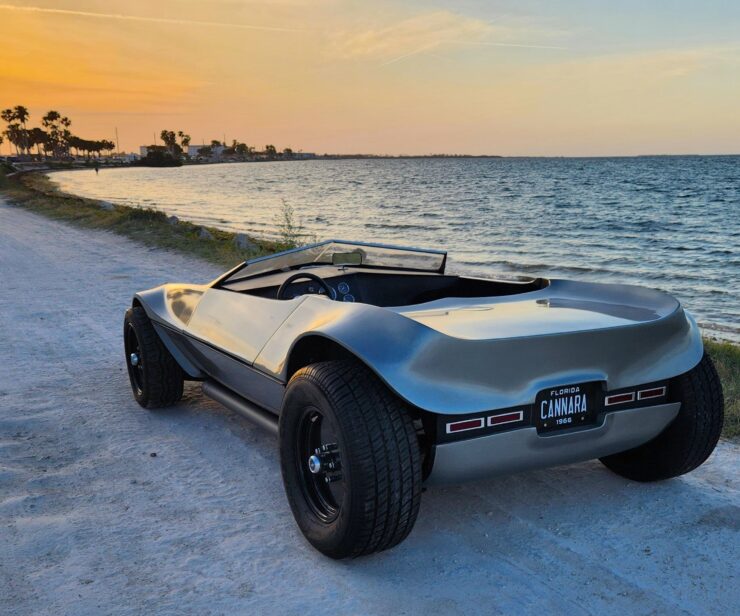 The 1966 Cannara looked like nothing else on earth when it was completed in the mid-1960s, and rumors have abounded that images of the car may have influenced some of the most famous Italian automotive design houses of the era.
The 1966 Cannara looked like nothing else on earth when it was completed in the mid-1960s, and rumors have abounded that images of the car may have influenced some of the most famous Italian automotive design houses of the era.Power is provided by a small block Chevrolet V8 with a displacement of 283 cubic inches or 4.6 liters. It’s fitted with a four-barrel Edelbrock 650 CFM carburetor and it’s said to be good for 280 bhp and 290 lb ft of torque, a considerable amount given the dry weight of just 2,100 lbs (952 kgs).
Power was sent to the rear wheels via a three-speed automatic transmission and live axle with a final drive ratio of 3.55:1. A pair of discrete pop-up headlights come out of doors on either side of the front fender, a unique design feature that we haven’t seen used on any mass-production sports cars. It has the added benefit of not “spoiling” the front end of the car with the cutouts for more standard pop-up headlights.
The body of the car is very lightweight as it’s largely made from fiberglass with some aluminum. It features a striking wedge profile with gentle curved wheel arches and an upswept two-part windscreen. Interestingly, the intake for the carburetor is mounted on the passenger side of the windscreen, this is how far back the engine is positioned in the chassis to provide optimal balance.
The top speed of the Cannara is listed at 131 mph, though I suspect this may be limited by gearing more than power, weight, or aerodynamics. The 0-60 mph time is just 5.0 seconds, which makes it a veritable rocketship by the standards of the mid-1960s.
Showing The Cannara To The World
The 1966 Cannara is now due to roll out as part of what is almost certainly the most prestigious classic car concours event in the world, the Pebble Beach Concours d’Elegance.
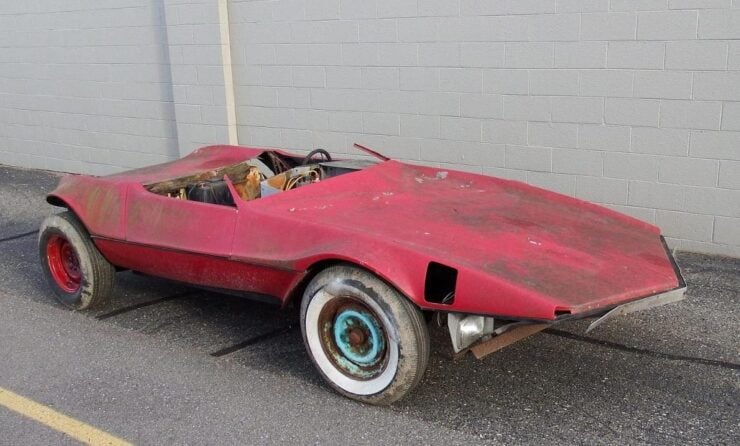 This is how the car looked when Geoff Hacker rediscovered it in 2015, many thought he was mad to trade a sports car for it, but it turned out to be a very wise decision.
This is how the car looked when Geoff Hacker rediscovered it in 2015, many thought he was mad to trade a sports car for it, but it turned out to be a very wise decision.It was invited to join the 2024 Wedge Class which is dedicated to highly-influential one-off wedge concept cars, it will be appearing alongside the Aston Martin Bulldog, Ghia Gilda, Ferrari Modulo, Lancia Stratos HF Zero, and some others that are yet to be officially announced.
If you’d like to read more about Pebble Beach or arrange some tickets to go see the Cannara and its wedge-shaped stablemates in person, you can visit the official website here.
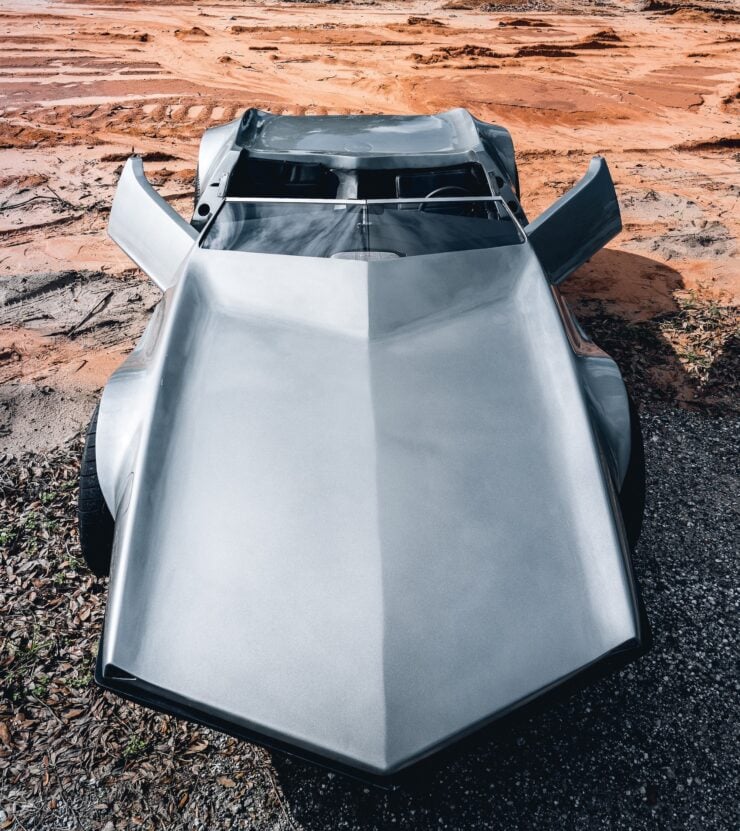
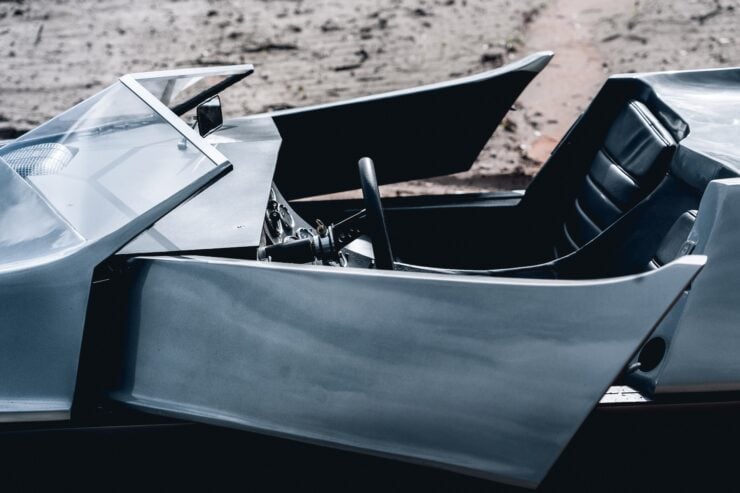
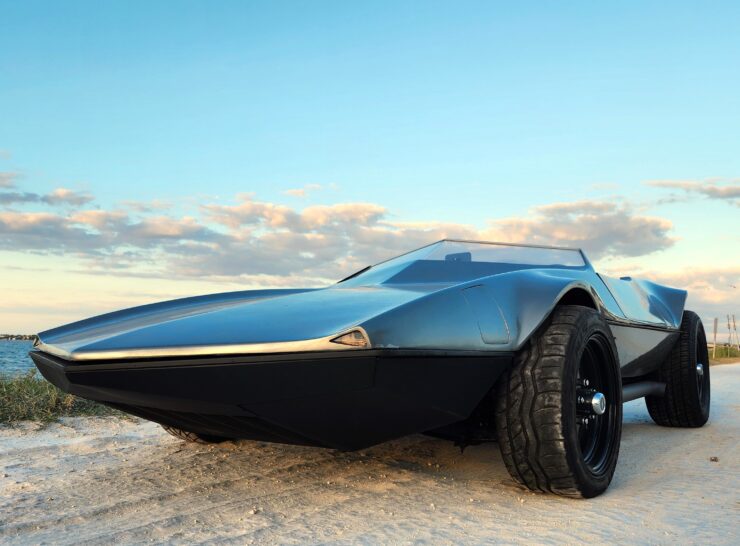
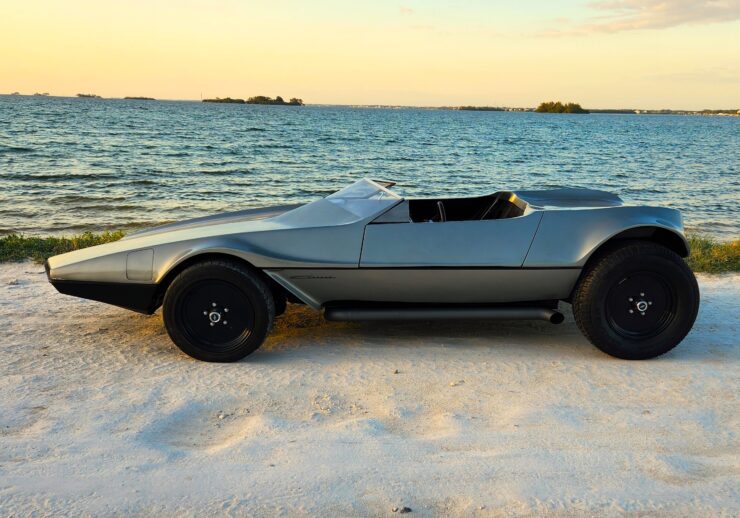
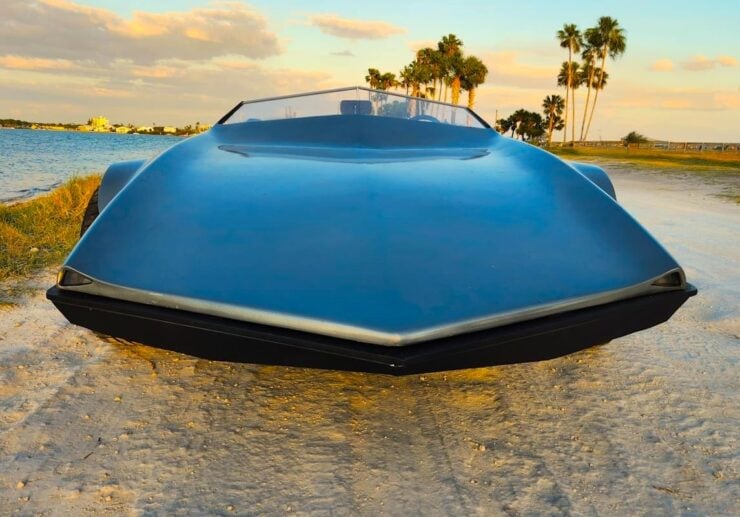
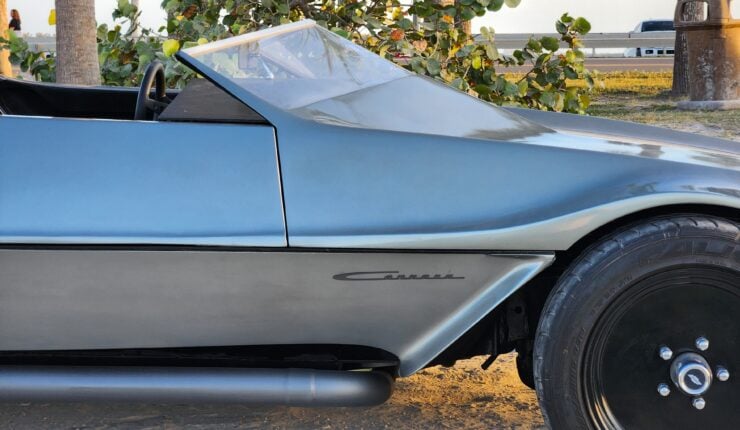
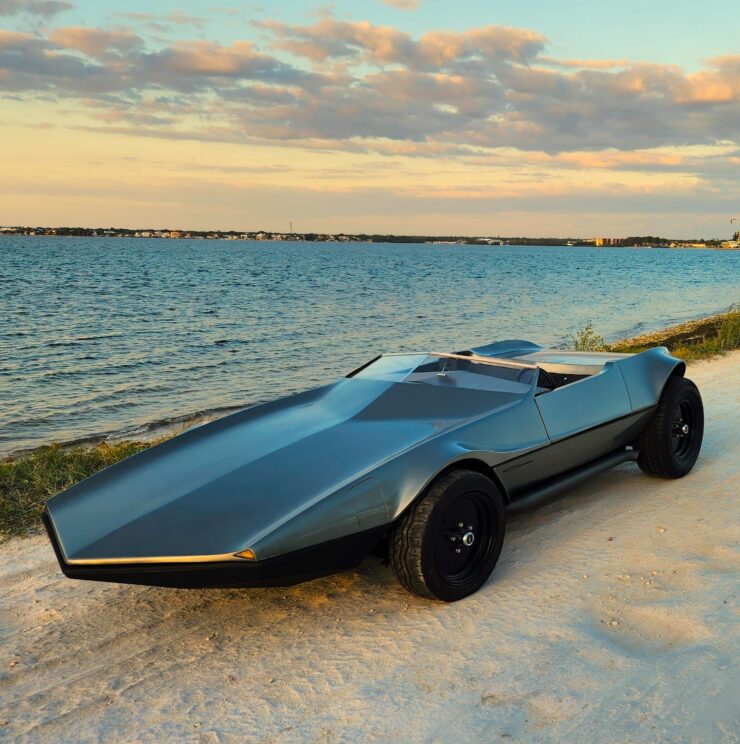
Images courtesy of Guy Dirkin, PhD

